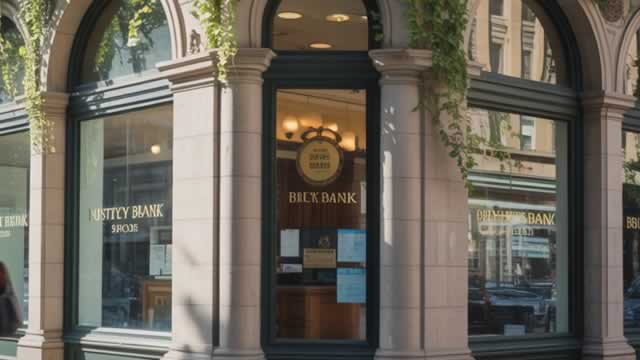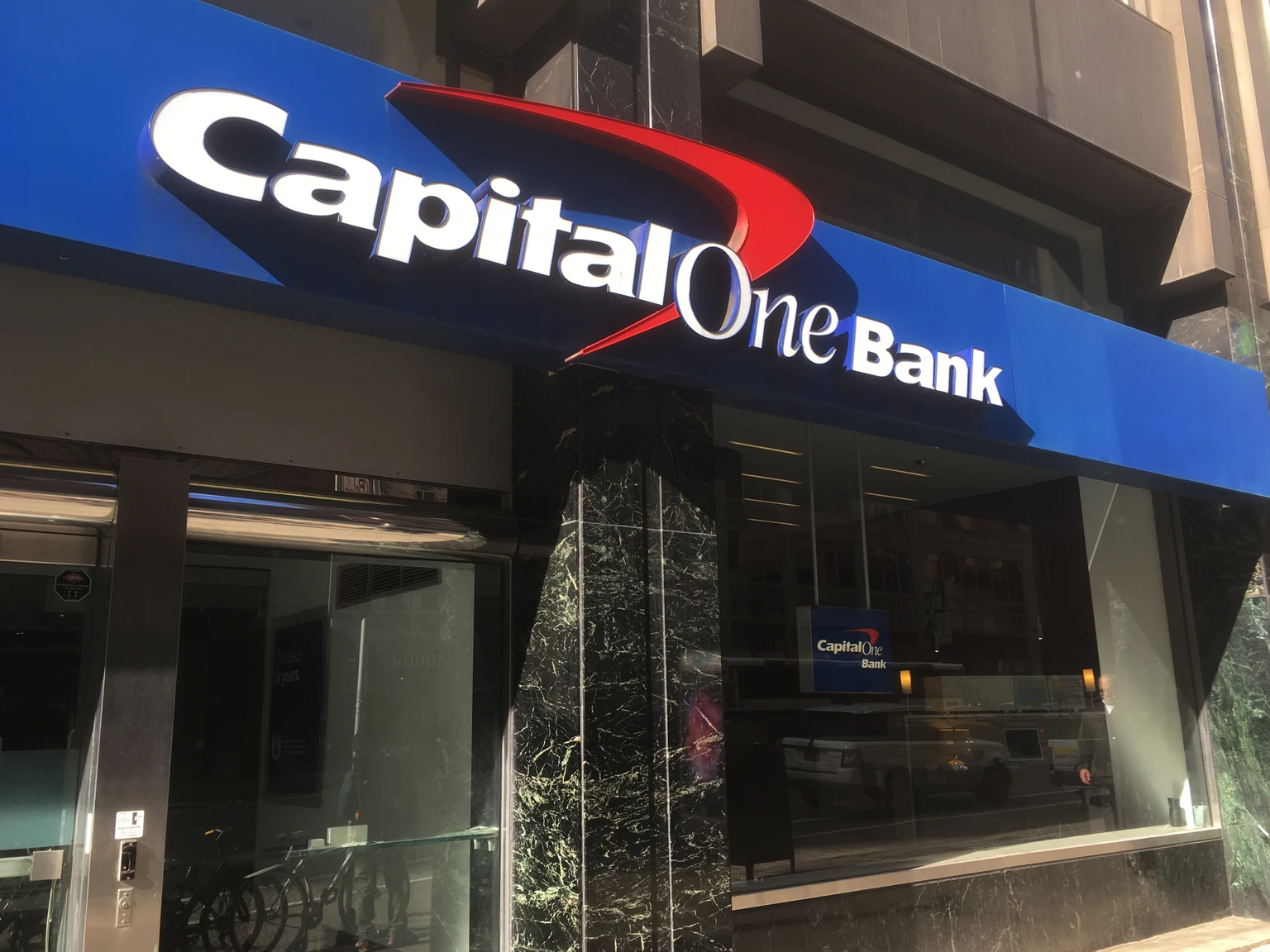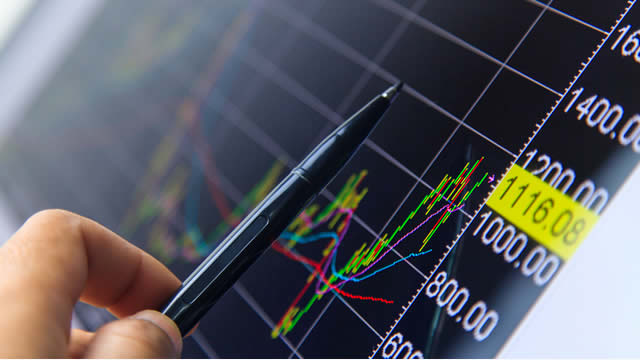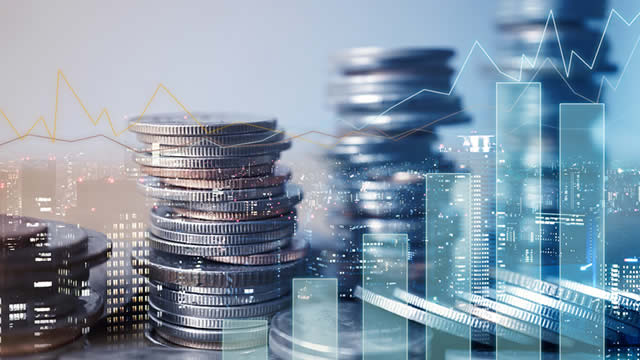
The bank is moving its debit cards over from the Mastercard network after completing its acquisition of Discover earlier this year.
Der Umsatz von betrug für das Geschäftsjahr 1995 insgesamt 0,0 Mio .
Die administrativen Kosten, auch als Betriebskosten oder Operating Expenses bezeichnet, betrugen in 1995 insgesamt 0,0 Mio. .
Die Betriebskosten teilen sich wie folgt auf:
| ● Allgemeines, Vertrieb, Verwaltung und Marketing | 0,0 Mrd. | -- |
Steuern fielen in diesem Geschäftsjahr nicht an.









